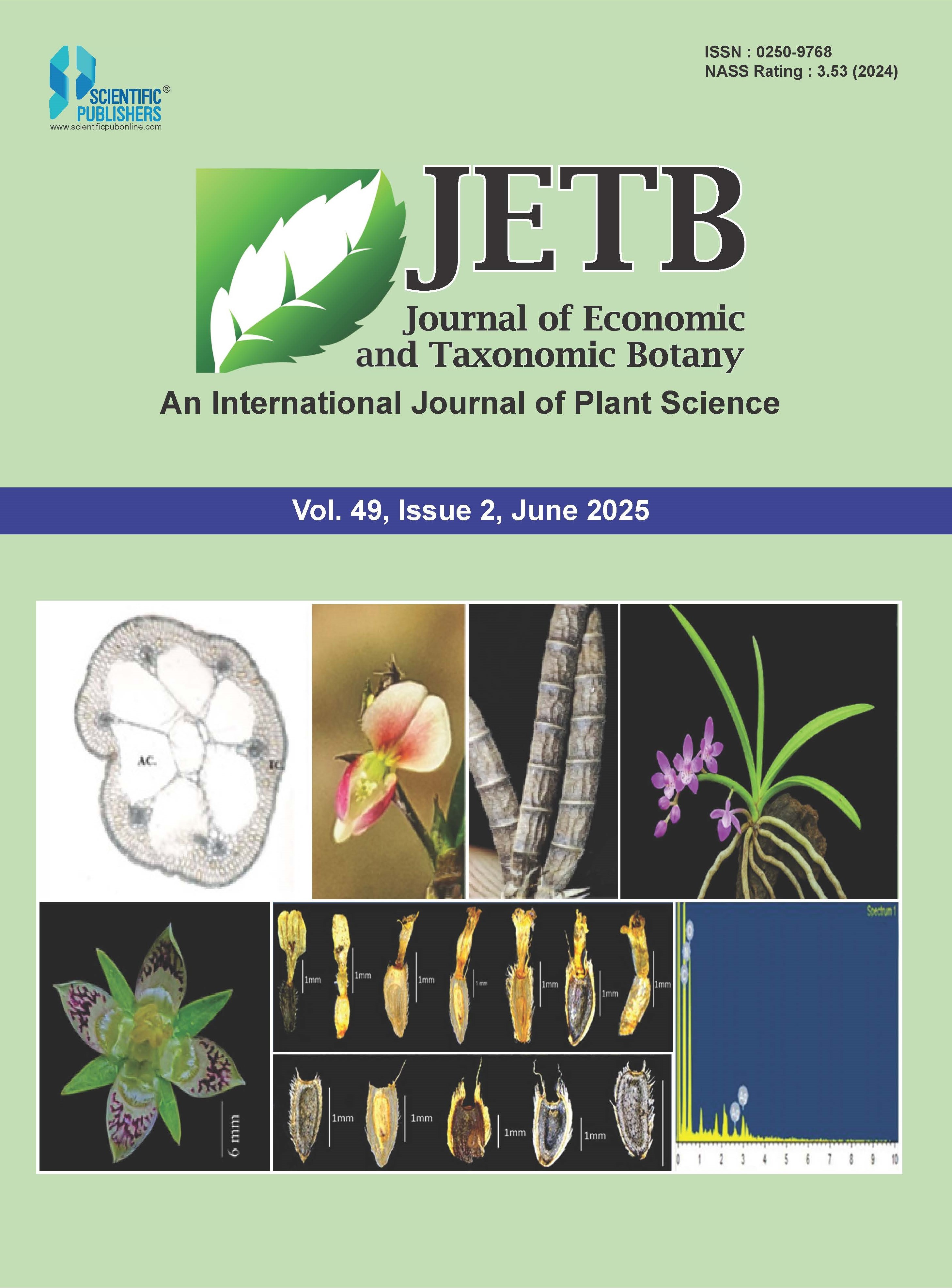The prestine mangrove resources of Orissa were remarkable. However, paradoxically due to lack of knowledge regarding their judicious exploitation and high socio-economic value, the mangrove biota were neglected and were ruthlessly devastated, in order to meet the various requirements of the nearby inhabitants.Reclamation of mangrove forest land for the settlement of immigrants, paddy cultivation and prawn culture have accelerated the depletion of mangrove biota. In recent time, mangrove conservation vis-a-vis prawn culture has become a debatable issue in Orissa.
As per an estimate provided by satellite data (LANDSATTMF) the total mangrove spread in Devi-Mahanadi Brahmani Baitarani - Subarnarekha deltaic complex sustained 217.93 Sq. Kms of mangrove in 1985 which has degraded to 199.19 sq.Kms in 1993 as per a report by (IRSLISSIIFCC) organisation. Hence, there is a significant depletion of 17.93 Sq. Kms of mangrove coverage during a period of eight years. And it is further degraded to 195 Sq. Kms in 1995 (Misra, 1999). Notwithstanding the variability in respect of the mangrove coverage in Orissa given by various agencies or research institutes it is evident that this plant community is degrading at an alarming rate (Map No. 1).
Yet, it is high time to develop appropriate strategies for sustainable exploitation of the mangrove biota which has got a significant bearing on the socio-economic development of the Orissa state. Concurrently, effective steps should be adopted for the natural regeneration of the mangrove taxa in the denuded area simply by giving protection. This should be supplemented with rehabilitation of the mangrove species basing on multidisciplinary scientific research data. In otherb words, conservation and judicious utilisation of the mangrove resources should proceed in a harmonious manner.






